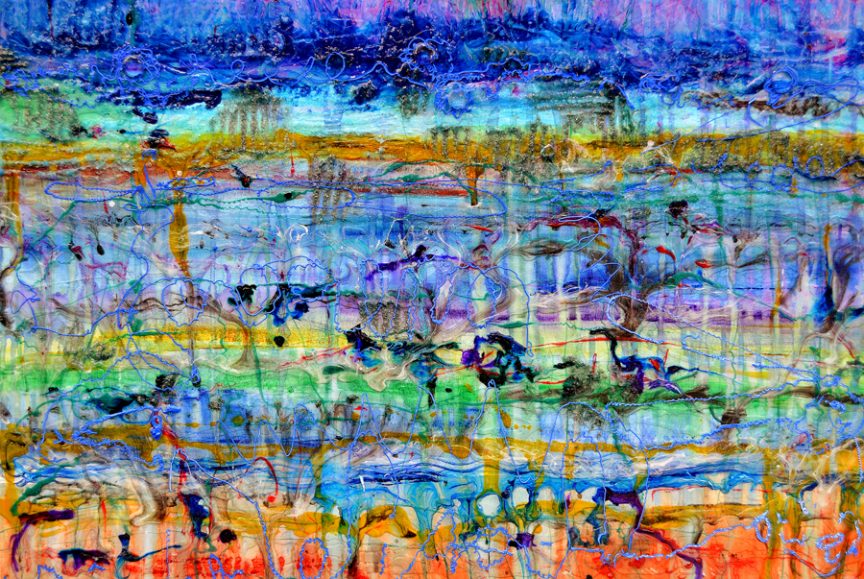Name: Regina Valluzzi
Which came first in your life, the science or the art?
It’s difficult to say. There was always art in my home while I was growing up. Art was just present like air or water to a fish. I first became aware of my interest in science (actually math). Some of this interest stemmed from coming up with things to be when I grew up that would annoy my parents, neither of whom was really a big fan of math and physics. I didn’t really recognize and develop my interest in art until I was an undergrad at MIT. I think that environment made me realize I missed all the art that pervaded life at home. As I was working on my theses (two bachelors: one in humanities/music and one in materials science and engineering), I made a conscious decision to give science a serious try and that lasted for around two decades before I found myself slowly drifting back towards art.

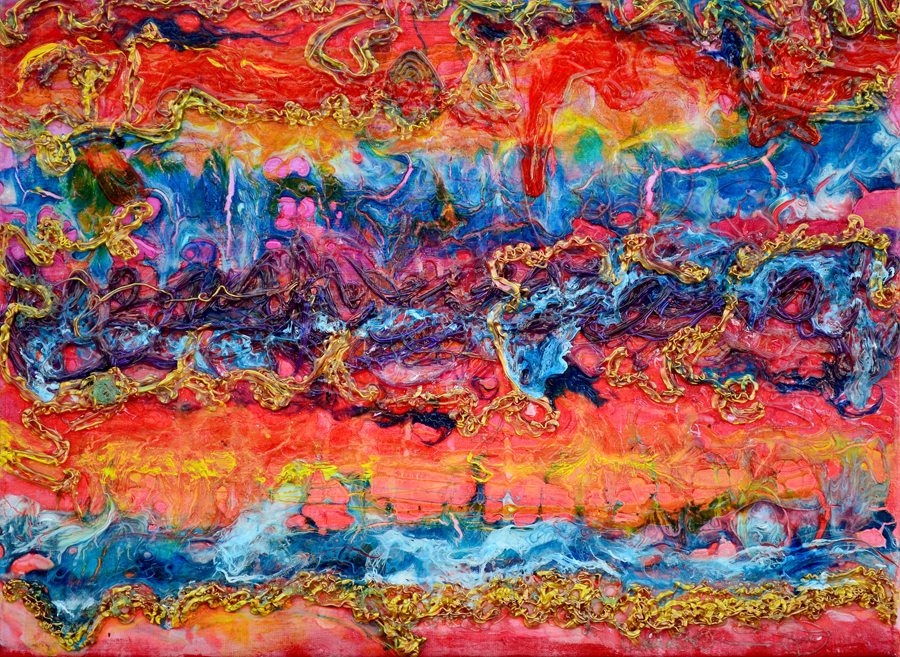
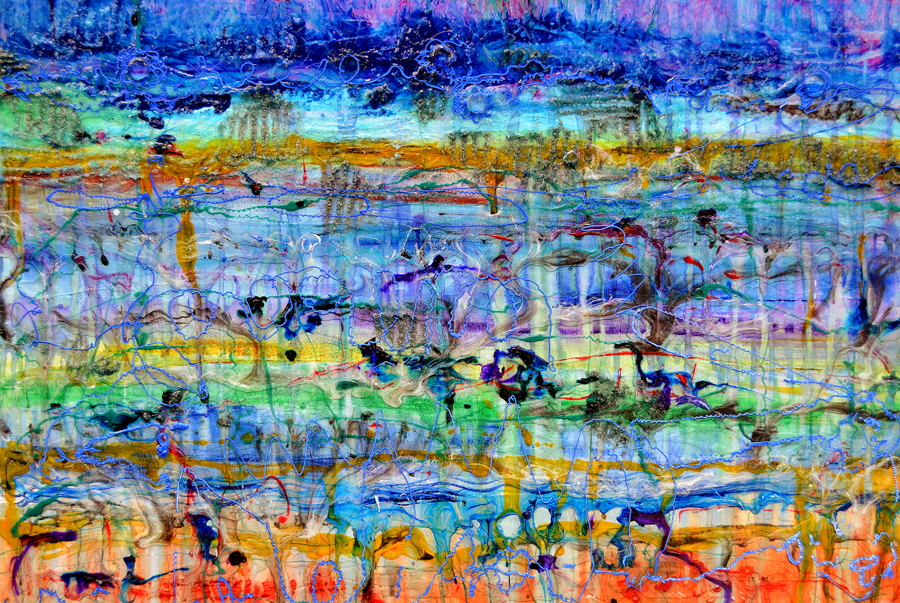
Which sciences relate to your art practice?
I am a soft condensed matter type by training. My PhD was in polymer science and engineering, specifically biopolymer physics. My own research interests were a bit farther ranging and have extended into biotechnology and virus structure, magnetic nanopatterned materials and molecular chirality as well as biopolymers. These scientific insights and experiences form a core of ideas that I draw upon for my art, but I also explore topics that have always fascinated me or that I am connected to through science people who are close to me.
What materials do you use to create your artworks?
Most of my recent artworks are either ink drawings or acrylic and mixed media paintings. I have an older group of oil paintings but switched over to acrylics when one of the cats started painting herself on a regular basis by rubbing against wet oil paintings. With acrylics, I’ve used polymer science insights to develop some interesting ways of using acrylic paint and media to create patterns in two and three dimensions. The acrylic painting system is interesting because it is compatible with a lot of different materials. I have incorporated everything from novel nanocoated “flip” and “chameleon” pigments used in custom automotive paints to thermochromics, to fibre optic image plates, to surplus lenses, prisms and retroreflective beads and powders. I really like incorporating retroreflection into artwork because it can create features that are only visible at certain angles and in certain light. this brings actual movement into painting, which transforms painting from a static medium to something active and reactive. The flip and chameleon pigments can also create a sort of movement because their color changes at different angles. This property can be used to make them flicker in and out of visibility.

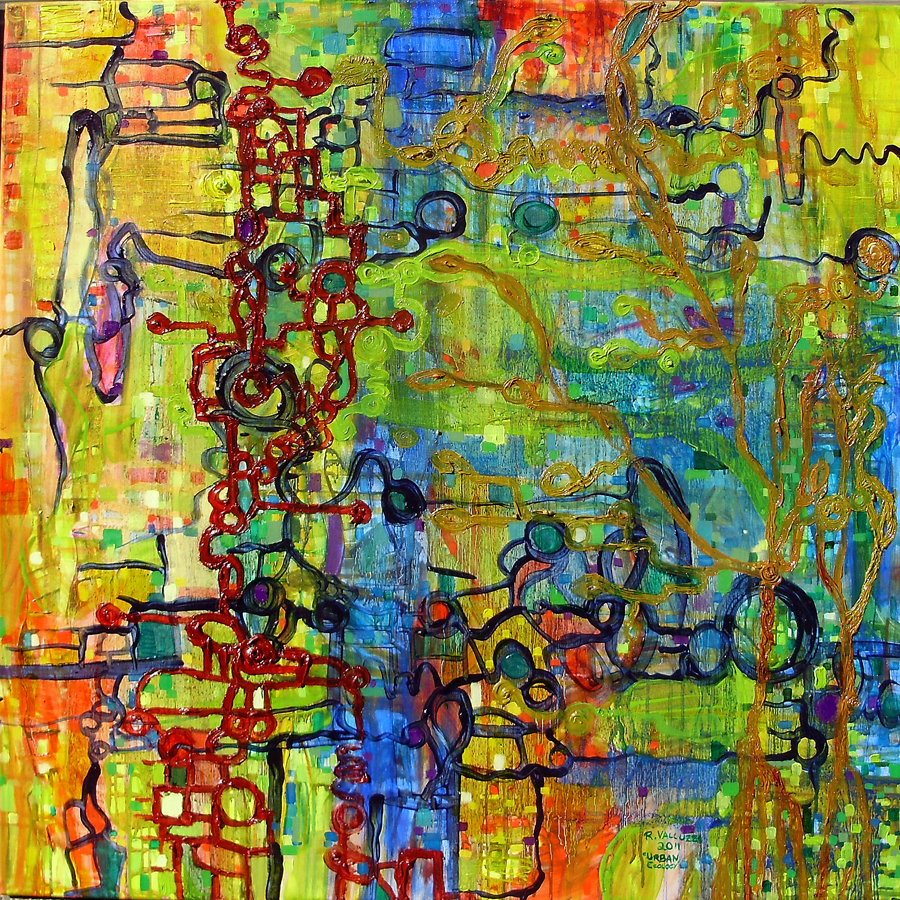
Artwork/Exhibition you are most proud of:
In put together a solo exhibit in Byfield Massachusetts in a really nice space at a school in 2014. It was called Aesthetic Experiments. I was able to group and arrange a large number of my science-inspired pieces, along with interpretive materials that explained the science inspiration behind each. I used visual examples from the scientific literature to help people make the connection between the art and (in some instances) fairly advanced scientific concepts. I had a lot of very excited kids, parents and teachers and the art seemed to make the science topics much more interesting and approachable for them. It was a great communication moment (but next time I do something with kids I will NOT bring bowls of candy).
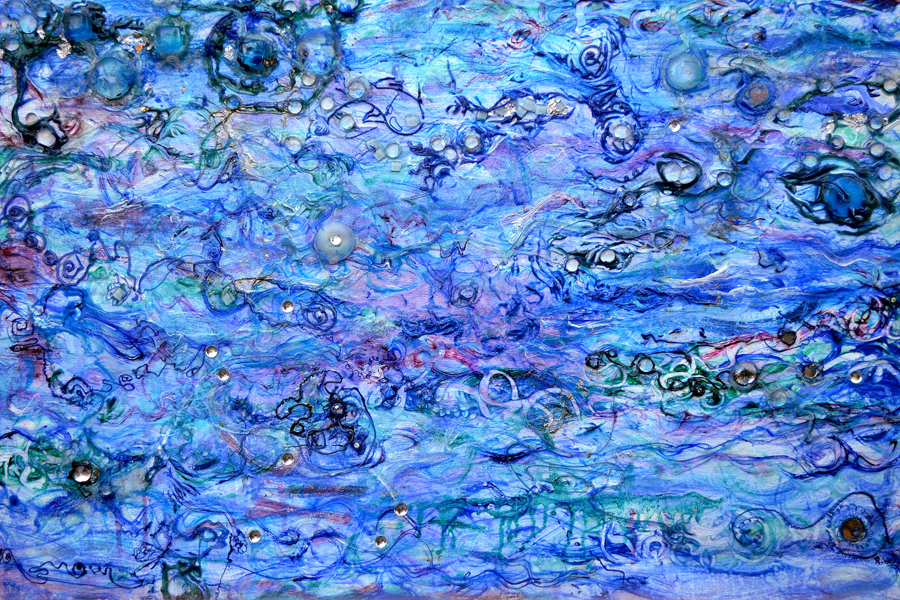

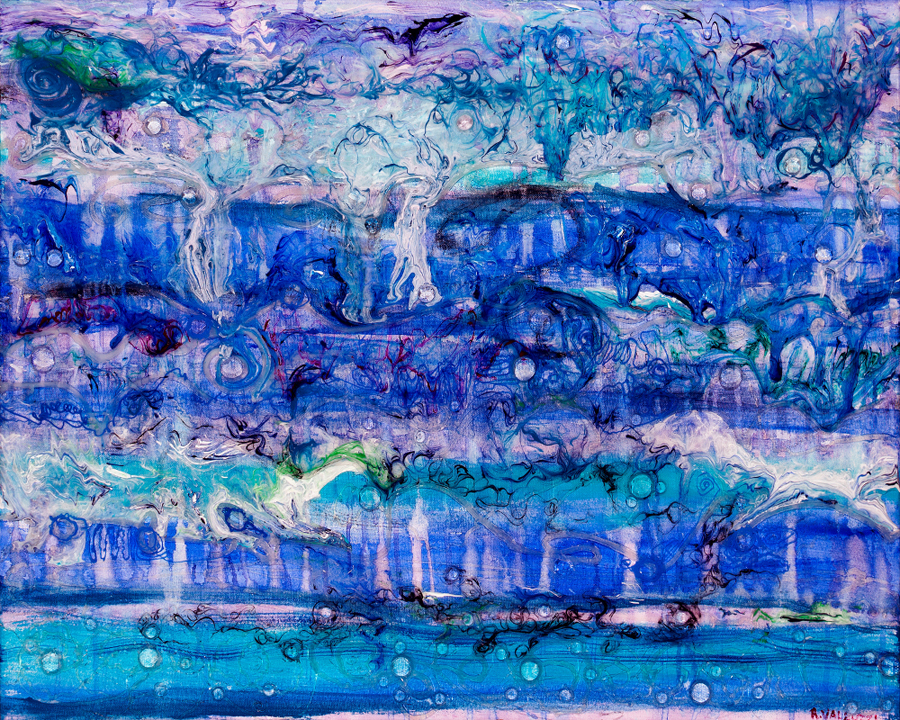
Which scientists and/or artists inspire and/or have influenced you?
My favorite historical scientific figure was Irving Langmuir. He quietly invented much of surface science, helped Catherine Blodgett earn the recognition she deserved for her own contributions to the filed (experiments done using equipment built in her kitchen at a time when female scientists were extremely rare). He was also involved in early cloud seeding experiments: flying up in rickety little planes to deploy cloud seeding chemicals. Probably the bravest, smartest and most honorable man in science that most people have never heard of. In terms of art, I’ve always had a strong affinity for the work of Paul Klee, Piet Mondrian, Gustav Klimt, and Max Ernst. My favorite living famous artists are Anselm Kiefer and Yayoi Kusama.
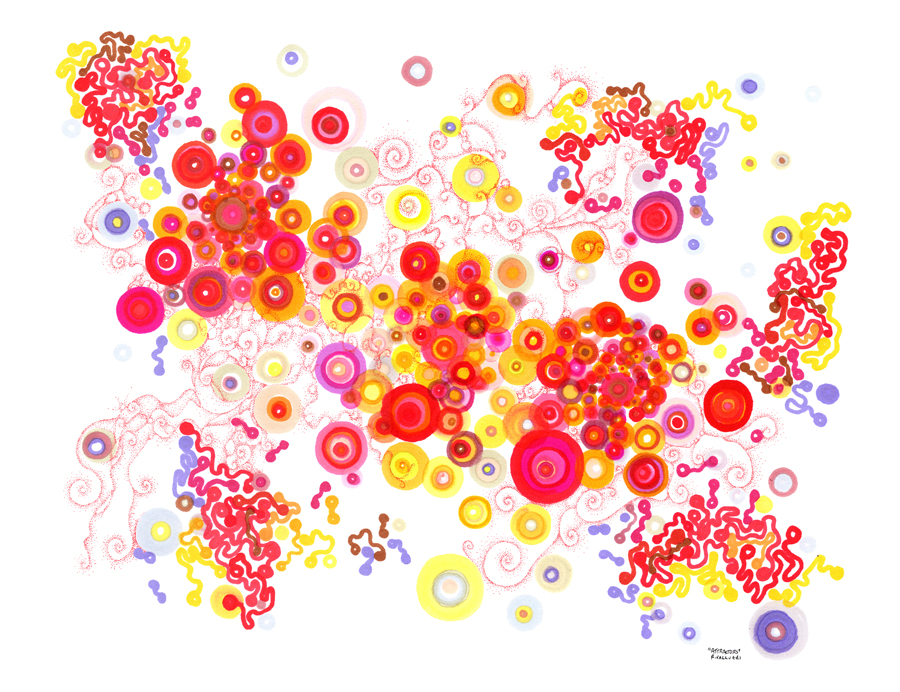
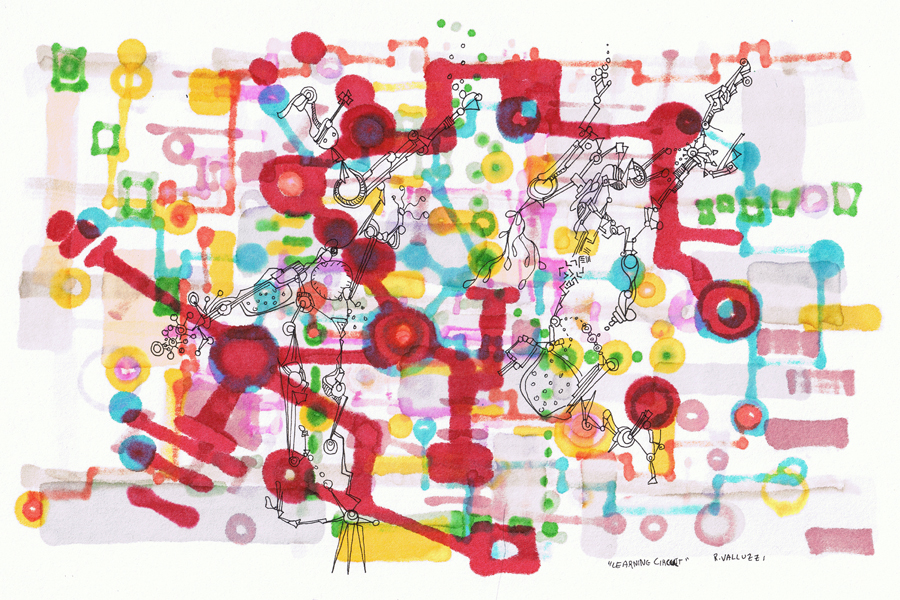

Artist Links: Facebook, Twitter
Share this Post

